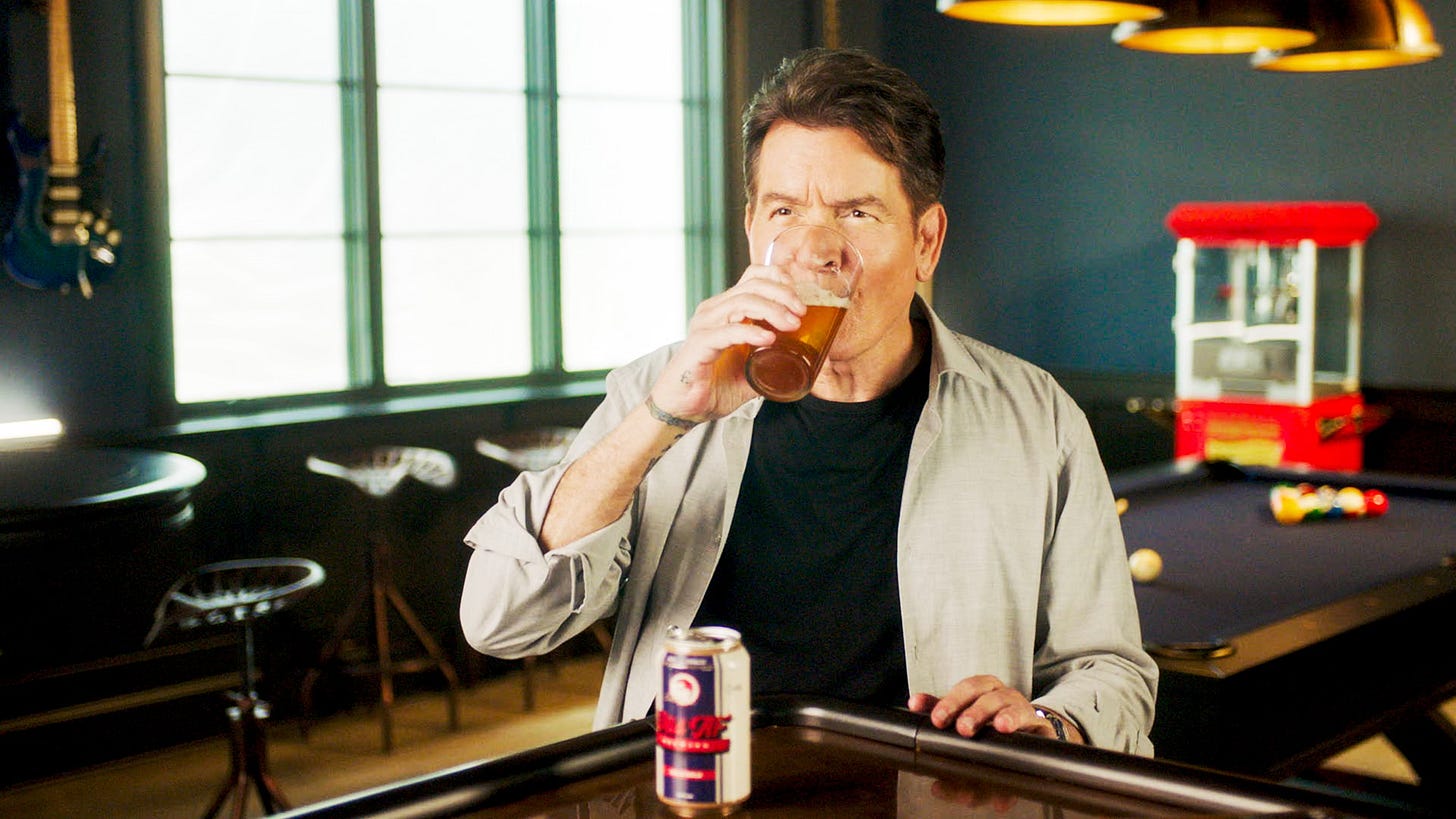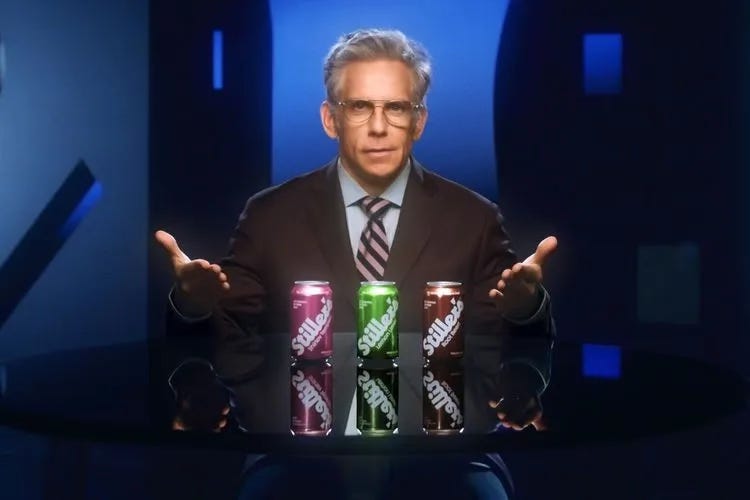Why Celebrities Are Backing Non-Alcoholic Beverages Now
Alcohol-Free No Longer Feels Fringe
For a long time, celebrity drinks meant one thing. Alcohol. Tequila brands. Whiskey labels. Champagne-backed lifestyles that reinforced the idea that success, fun, and drinking were inseparable.
That formula is finally changing.
Non-alcoholic beverages are no longer a niche or a consolation prize. They are becoming visible, accepted, and culturally normal. Not quietly, either. Some of the most recognizable names in entertainment are stepping into the alcohol-free space, and that matters more than it might seem at first glance.
I’ve seen this shift up close through my work with Better Rhodes, Silent Group, and Harpoon Brewing on Wild AF with Charlie Sheen. Around the same time, Ben Stiller launched a soda brand, and Tom Holland introduced Bero, his non-alcoholic beer.
These aren’t gimmicks. They’re signals.
Alcohol Is Losing Its Automatic Role
The data backs up what many people already feel in their day-to-day lives.
According to Gallup, only 54 percent of U.S. adults now say they drink alcohol. That’s the lowest level Gallup has recorded in nearly 90 years. Women have reduced their alcohol consumption more sharply than men. Younger adults, especially those between 18 and 34, are drinking far less than previous generations did at the same age.
Even more telling, a majority of Americans now believe that moderate drinking, even one or two drinks a day, is harmful to health.
This isn’t about prohibition or moral panic. It’s about a cultural reset. Alcohol is no longer assumed to be harmless, necessary, or central to a good life.
For people questioning their relationship with drinking, that shift matters.
What the Growth Really Represents
You’ll often see headlines about the size of the non-alcoholic beverage market, and the numbers are big. But for the None for Me audience, the meaning behind those numbers is more important than the totals themselves.
Growth means availability. It means better options. It means walking into a store or restaurant and not having to explain yourself. It means alcohol-free choices that don’t feel like an apology or a downgrade.
Non-alcoholic beer, ready-to-drink alcohol-free cocktails, spirits alternatives, and functional beverages are growing because people want them. Not because they’re in recovery. Not because it’s January. But because they want clarity, inclusion, and choice without feeling like they’re opting out of life.
That’s a profound shift.
Why These Celebrity Choices Matter
The celebrity involvement is meaningful because of who it reaches.
Younger people are already drinking less and are more comfortable opting out without explanation. Seeing someone like Tom Holland openly support an alcohol-free beer reinforces that choice as normal, not exceptional.
Women, who are driving much of the decline in alcohol use, are often underserved by traditional beverage marketing. Products that center flavor, wellness, and inclusivity feel like a response to needs that were ignored for decades.
Middle-aged consumers are rethinking alcohol too, often quietly and for health reasons. Charlie Sheen’s Wild AF speaks to people who grew up watching him and now find themselves wanting something different without needing to announce it.
These products don’t ask people to declare sobriety. They simply make opting out easier.
Why This Feels Different Than Past “Alternatives”
Alcohol-free products used to feel like a compromise. Sugary. Juvenile. Something you ordered only if you had no other choice.
That’s changing.
Today’s alcohol-free drinks are designed to stand on their own. They respect ritual, flavor, and adult taste. They don’t pretend alcohol was never part of the picture. They just offer a different option.
That distinction matters. Especially for people who are sober or sober curious and don’t want their choices framed as punishment or limitation.
This Is About Permission
What’s happening right now isn’t just a market trend. It’s cultural permission.
Permission to say no without explaining.
Permission to choose clarity without apology.
Permission to enjoy flavor, ritual, and social connection without alcohol at the center.
For years, many people felt like opting out of drinking meant opting out of belonging. Alcohol-free becoming mainstream changes that equation.
What Comes Next
You’ll see more public figures choosing alcohol-free options because it aligns with how they live, not because it’s a statement.
You’ll see better products that go beyond “alcohol minus” and create something new.
You’ll see alcohol-free options take up real space, not a token spot, in stores, restaurants, and social settings.
And you’ll see more people quietly choosing none for me, without feeling like they need permission to do so.
The decline in alcohol use isn’t a blip. It’s part of a larger shift in how people want to live. Alcohol-free drinks aren’t just for Dry January or recovery spaces anymore. They’re becoming part of everyday life.
For those of us already living this way, that normalization matters. It makes the path feel less lonely. Less explainable. Less heavy.
And that, more than any headline or growth chart, is what makes this moment different.
If None for Me resonates with you, hit the ♡ and subscribe—it helps others find this space and keeps the conversation going. Thank you!



